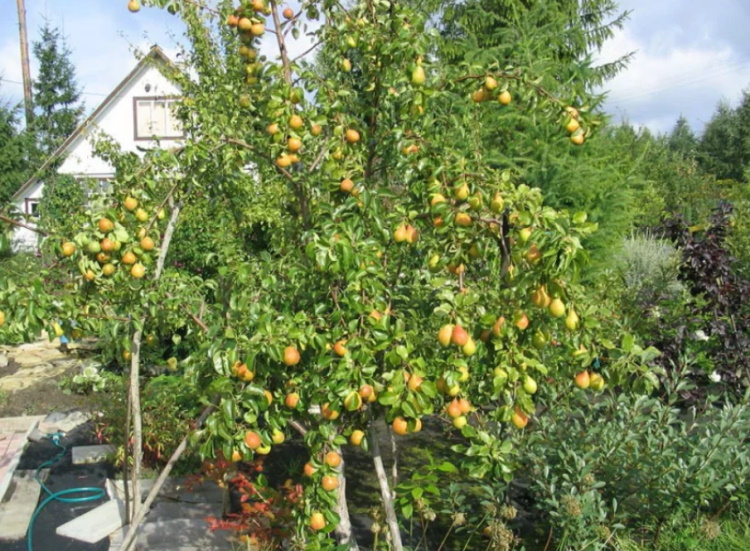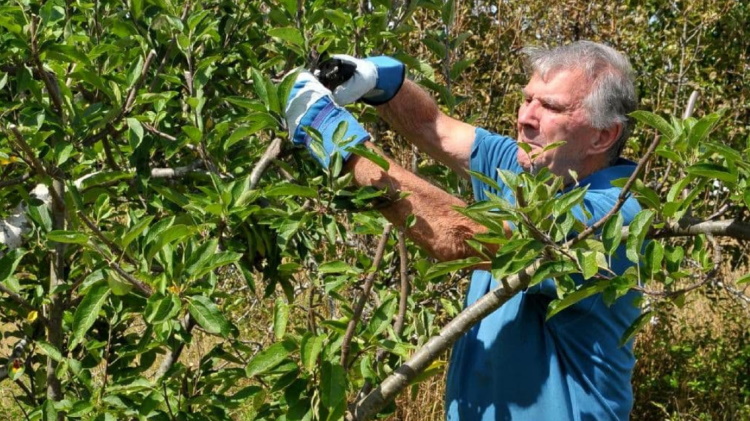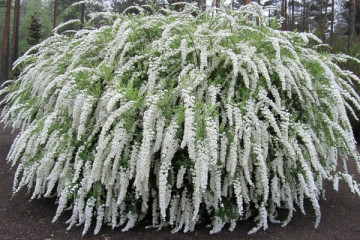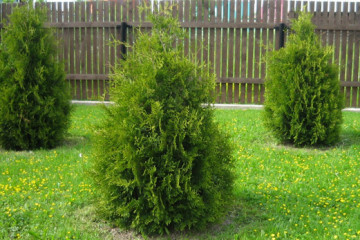Pear Veles: description of the variety, pollinators, planting, care
Content:
- Variety history
- Detailed description of the variety
- Advantages and disadvantages of the variety
- What regions is the variety more adapted to
- How to choose a seedling
- Site selection
- Landing features
- Pear care, shaping and watering
- Pruning rules
- Pollinating varieties
- Cold protection and preparation for winter
- Harvesting
- Diseases and pests - the main types and methods of control
The Veles pear was bred specifically for temperate zones. Only apples can compare with its popularity. Every year, breeders bring out more and more new varieties, but for cultivation in the conditions of the Central European part of Russia, this variety remains the most in demand.
Variety history
Two breeders, Yu.A. Petrov and N.V. Efimov, worked on the breeding of the variety. The base was the Biryulev nursery in the Moscow region, owned by the All-Russian Institute of Selection and Technology. The breeders took the already well-proven Forest Beauty and Venus as a basis.
In wide circles, the variety is known as the daughter of the Excellent. Under this name, it was registered in the state register of plants in Russia in 2001. Subsequently, many new hybrids were developed on its basis.
Detailed description of the variety
The pear tree lives up to its name. It has absorbed all the best from its ancestors. She got frost resistance from the Forest Beauty. Venus awarded her with resistance to diseases of fruit trees.
Description of the Veles pear variety:
- a tree of medium height, grows up to 4-5 meters;
- the bark is gray-brown in color;
- the crown in shape resembles a pyramid with spreading curved branches, the young ones look up, growing up, they sink to the ground;
- the shape of the leaves is elliptical with a pointed tip and small denticles along the edges, the color of the leaf plate is green, glossy;
- blooms with white profuse inflorescences;
- the fruit is large, conical, without ribbing, weighing up to 200 grams;
- ripe fruit has a yellow-green color with a pink barrel;
- barely noticeable grayish dots appear on the smooth surface of the skin;
- the pulp has a creamy hue, the taste is delicate, sweet and sour.
Although the pear tree begins to bloom earlier than the apple orchards, the fruits ripen at the end of August - the first days of September.
Cyclic fruiting
The fruiting of pears is influenced by the weather conditions of the growing region. Under favorable conditions, it bears fruit every season, starting in the fifth year after disembarkation. An adult tree yields a yield of 50 to 100 kilograms.
The self-fertility of Veles means planting it next to other pollinating trees. In addition to them, various insects, butterflies, beetles, and bees participate in pollination. Their task is to move flower pollen from the anthers to the stigma.
Life span
As the tree ages, it begins to bear fewer fruits. For its rejuvenation, pruning of branches is done. If properly cared for, the pear can live and bear fruit for 30 years.
Advantages and disadvantages of the variety
The variety has good taste, beautiful in appearance, which affects its commercial qualities. Its fruits are rich in vitamins and minerals.
The variety is immune to pests and diseases, withstands subzero temperatures well.The amount of harvest grows every year, the tree bears fruit every season without interruption.
The disadvantages include the fact that the higher the yield, the smaller the size of the fruit. But this problem can be easily fixed with regular pruning. Even gardeners noticed kidney freezing during spring frosts.
What regions is the variety more adapted to
The Veles variety feels best in central Russia, in Moscow and adjacent regions. The variety is resistant to frost, but it is better to mulch the soil under young plants for the winter.
How to choose a seedling
For planting, one or two-year-old seedlings are purchased. Older trees take root slowly or do not take root at all. It is better to purchase seedlings in proven nurseries, pay special attention to the root system.
Site selection
Areas for planting seedlings should have good lighting, be moderately moist, without stagnant water. When moisture stagnates, a drainage system is supplied. The pear bears fruit better on black soil, sandy loam and loamy soils. The acidity of the soil should be in the range of 5-6 pH.
Landing features
The best planting time is in the fall and spring. The main thing is that there were no frosts, and the foliage managed to fly from the trees. After planting, the plant needs regular watering, for 1 tree - 10 liters of water. The distance to other trees should be at least 5 meters, as the root system needs a lot of space. Lack of space affects yields.
When planting a seedling in the ground, it is necessary to ensure that the root collar is 6-7 centimeters above ground level. It is better to break off the foliage when planting. The diameter of the landing pit is 80 centimeters, the depth is 1.2 meters. Before planting in the ground, the root system is enveloped with a clay mash. The surface of the pit after planting a seedling in it is mulched.
Pear care, shaping and watering
Caring for a pear consists of timely pruning, crown formation, regular watering, especially in dry summers.
Also, the fruit tree needs regular feeding with nitrogenous, phosphorus and potassium fertilizers, solutions of manure from under cows or poultry droppings, and humus from compost pits. In the fall, organic matter, potassium, phosphorus, nitrogen are introduced in the spring.
Pruning rules
Branches growing at an acute angle to the trunk are subject to pruning. Trimming is done in the area of the rings. Too deep penetration and a long stump will damage the trunk of the tree. Thick branches are first sawed off from both sides, then broken off. The incision sites are treated with a mixture of wax, lanolin and rosin. Such a pitch prevents infection from entering the trunk, its decay, and the formation of hollows.
2 years after planting, the top of the seedling is shortened by 25 centimeters. The side branches are pruned in the fall after the harvest has been harvested and the foliage has fallen off. Dry and damaged branches are subject to removal.
Pollinating varieties
The best varieties for pollination of Veles are considered to be Chizhevskaya, Voskresenskaya, Severyanka, Rogneda, Prosto Maria.
Cold protection and preparation for winter
Before wintering, the pear tree is fed, vegetation is removed around the trunk, watered and dug up the ground. The trunk circle is covered with mulch from freezing.
Harvesting
Fruit ripening occurs at the end of August - the first days of September. The collection time is different for each region. The speed of ripening is influenced by weather conditions.
The stage of technical ripeness can be determined by the color of the fruit, the ease of separation of the tail from the branch, by the degree of hardness when pressed.Overripe fruit will not be stored.
Diseases and pests - the main types and methods of control
The Veles variety has good immunity to diseases and pests, but still they do not bypass it. To prevent the trees from getting sick, it is necessary to regularly do prevention. The preparations Skor and Topaz protect against powdery mildew diseases. They are sprayed with them before the buds have blossomed.
Before flowering, the drug Hom has proven itself well. It is also used to prevent fruit rot.
After the harvest is harvested, they are sprayed with a solution of copper sulfate. This solution is also good for bacterial burns. Whitewashing of trunks with lime diluted in water helps prevent insects from penetrating into cracks in the bark.
Insect pests and ways to control them - table
A forage for diseases, the pear tree is attacked by insect pests.
| Insect name | Harm | Preparations for processing |
| Hawthorn | Damages young ovaries | Karbofos, Entobacterin |
| Medianitsa | Leaves and color are damaged | Vermitic, Hom |
| Peduncle | Damages fruit | Apollo, Vermitic |
Of the folk methods in the fight against insect pests, infusions of garlic and dandelions, as well as laundry soap dissolved in water, have proven themselves well.
A productive and unpretentious Veles variety will delight gardeners with its fruits for many years. The pear has a small number of disadvantages, while it is well known for its advantages.




















